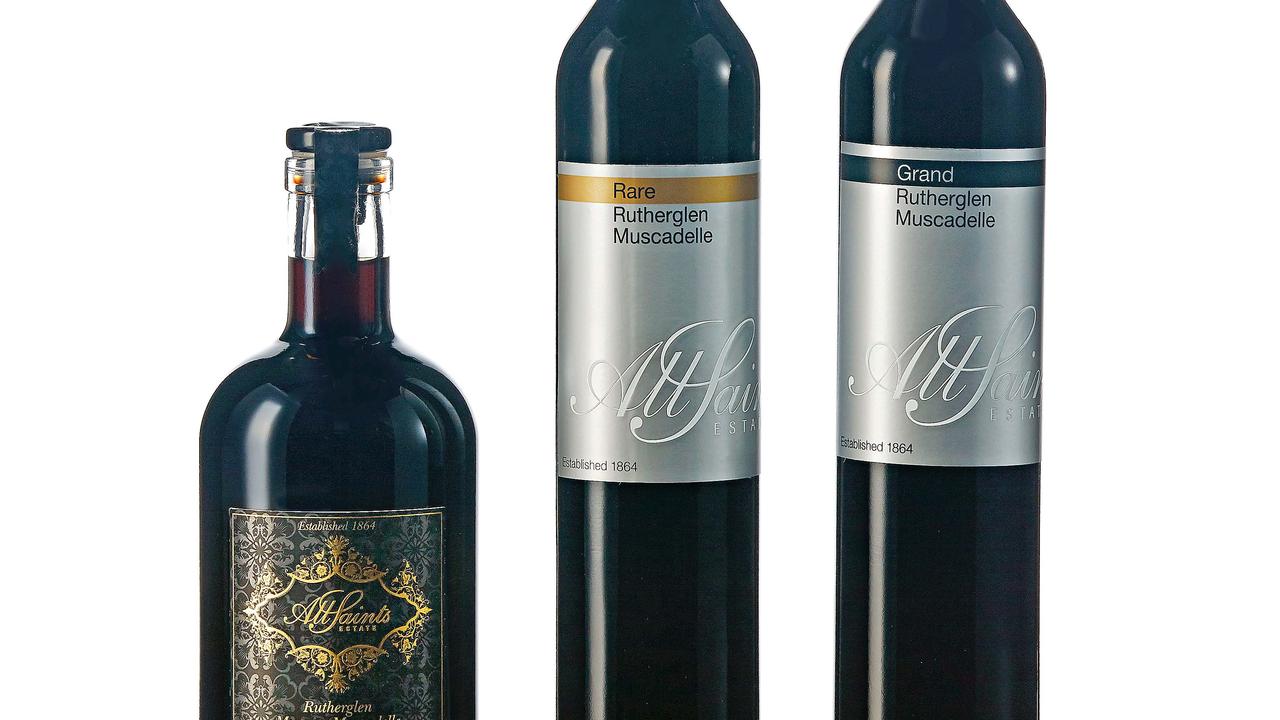Want it? Knead it
This electric pasta machine makes marvellous fresh noodles, but there is no substitute for the old-fashioned method.
The better mousetrap is deep within our makeup. The desire to build it, to use it. To innovate.
The mousetrap in question is Philips' Pasta & Noodle Maker: an electric kitchen gadget and yet another thing to hog precious cupboard space. Breakthrough invention, or folly?
I first came across it in a maze-like Singapore shopping mall where a lady demonstrated this seemingly fabulous new bit of kit to a hushed crowd of Singaporean women. Mesmerised would not be too strong a word.
In one chamber quietly churning away at a soothing pace was a soft, powdery "dough", and a Teflon die at the front of the thing extruded seemingly perfect strands of long, thin pasta. Or noodle. (More of that in a minute.) The demonstrator made some impressive promises:
that many different types of noodle/ pasta could be pushed through a variety of dies; and that the machine did it all, from weighing the flour and calculating the required liquid to the kneading and the pushing. Fresh pasta/noodle in 15 minutes!
Lust set in. Philips had built it, I suddenly had to use it, and the pasta looked a lot more professional than what was coming out of my Aldi electric roller at home, the one that can be heard in New Zealand when the motor fires.
Fast forward 18 months, and it's here. A colleague tried it out for Road Test, and now it's my turn.
But first to the somewhat semantic discussion: pasta/noodle, what's the difference? Scholarly books have been written on the subject; Pasta, The Story of a Universal Food (Columbia) is a serious place to start. Apart from debunking the myth that Marco Polo brought pasta to Venice in 1296 from China, it is a complex study of pasta's parallel development in China and Italy. At the risk of oversimplification, Italy developed its pasta from hard wheat flour and the Chinese from soft.
This machine makes marvellous fresh noodles regardless of the flour used (for example, I made excellent soba from buckwheat and durum wheat). It is fun, convenient and very easy. But it is no good for an egg-heavy dough, which I like (my preferred pasta ratio is four whole eggs, four yolks to 400g of flour) and not a patch on the traditional method of extensive kneading (which your stand mixer can do, mostly, with a hook) and laminating, the process of rolling and folding, rotating 90 degrees, rolling and folding again, etcetera, once the dough has rested.
That's how you make fresh pasta, regardless of whether you're using water, eggs or both. It's what produces the "bite" and texture. It is time-consuming, messy, requires a certain dexterity and, even after years of practice, is still a bit hit and miss for me. In small doses, it is also immensely cathartic.
But for 600g of fresh, slightly (or not at all) eggy noodle, or penne to make a starter for six ... bloody marvellous. I haven't eaten so much pasta/noodle/flour-based shaped firm paste in years. You assemble the thing with the desired die (angel hair, tagliatelle, penne, etc) in place, add flour and salt, add the volume of liquid it specifies and press a button. Watch in awe.
Given dried pasta (or noodle) is so cheap, I'm not sure it's a question of the machine (at $359) paying for itself. But if you're a lover of better mousetraps ...


